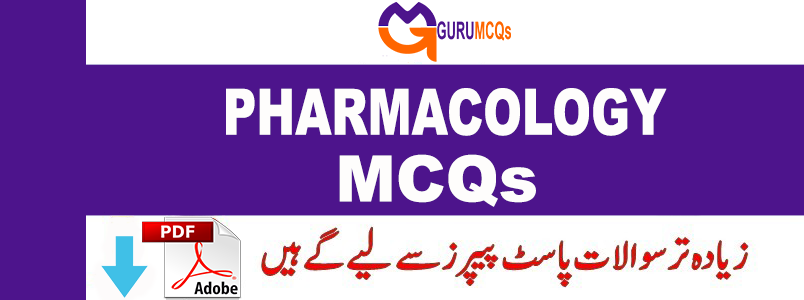
Pharmacology explores the interactions between drugs and biological systems, as well as the body’s responses to these drugs. This discipline covers a wide range of topics, including the origins, chemical properties, biological effects, and therapeutic uses of drugs. The impact of drugs can range from therapeutic benefits to potential toxicity, and is influenced by various factors. GuruMCQs.com provides an extensive array of pharmacology MCQs, continuously updated to encompass a wide range of topics. These MCQs span various areas such as neuropharmacology, psychopharmacology, toxicology, clinical pharmacology, molecular and cellular pharmacology, and more. Curated from reputable pharmacology references, these MCQs serve as valuable resources for interviews, entrance exams, competitive assessments, and certifications, catering to individuals at all stages of their careers. Additionally, explore MCQson Dental Materials for further study.
21. Naturally occurring local anaesthetic________________?
A. Cocaine
B. Procaine
C. Lignocaine
D. None of the above
22. All of the following are vasodilators except______________?
A. Cocaine
B. Etomidate
C. Cyclopropane
D. Procaine
23. The drug combination which produces Neuroleptanalgesia is______________?
A. Daroperidol + Fentanyl
B. Deroperidol + Ketamine
C. Droperiodl + Ether
D. Droperiodl + Thiopental sodium + Nitrous oxide
24. The dentist who first used Nitrous oxide for the abolition of pain due to dental extraction was_____________?
A. Harpes David
B. Harvey william
C. Horace wells
D. Hunter John
25. Which of the following anesthetic drugs produces powerful stimulation of the cerebral cortex_____________?
A. Cocaine
B. Procaine
C. Lidocaine
D. Tetracaine
26. Ketamine is a________________?
A. Short general anesthetic agent
B. Local anesthetic agent
C. Antidepressive agent
D. Hypnotic agent
27. Problems associated with nitrous oxide anaesthesia is_____________?
A. Behavioral problem
B. Sensitizes the heart to adrenaline
C. Prolonged difficult induction
D. Tachycardia and or arrhythmias
28. Cardiac arrhythmias are most commonly seen during administration of____________?
A. Thiopental
B. Halothane
C. Ethyl Ether
D. Nitrous oxide
29. Lidocaine produces its antiarrhythmic effects by_____________?
A. Increasing A-V conduction
B. Decreasing cardiac excitability
C. Increasing cardiac conduction velocity
D. Increasing spontaneous pacemaker activity
30. A patient, without prior medication, breathes a gas mixture consisting of 50 percent nitrous oxide and 50 percent oxygen by volume. Which of the following effects would be expected_____________?
A. Analgesia
B. Excitation
C. Surgical anesthesia
D. Respiratory arrest
